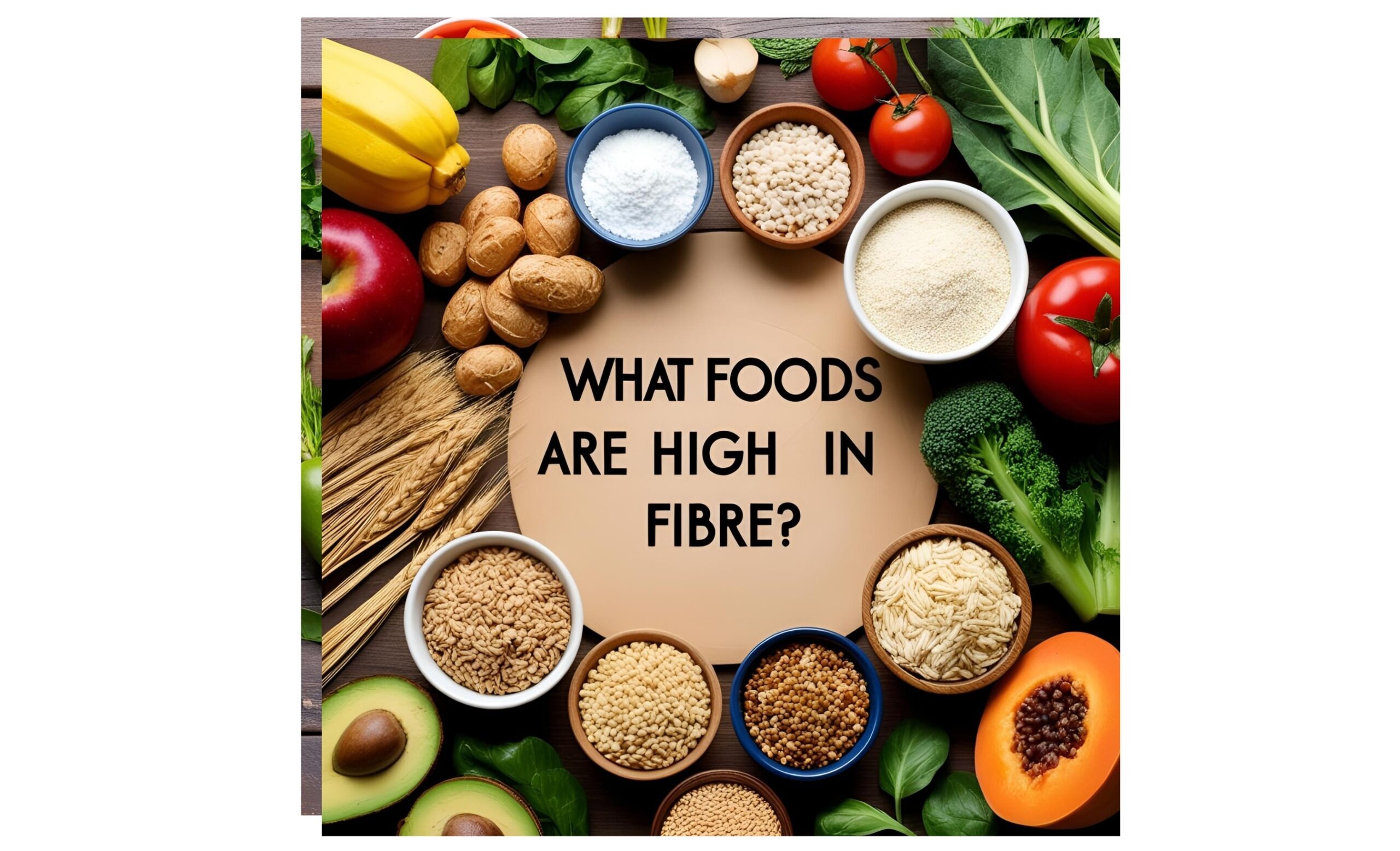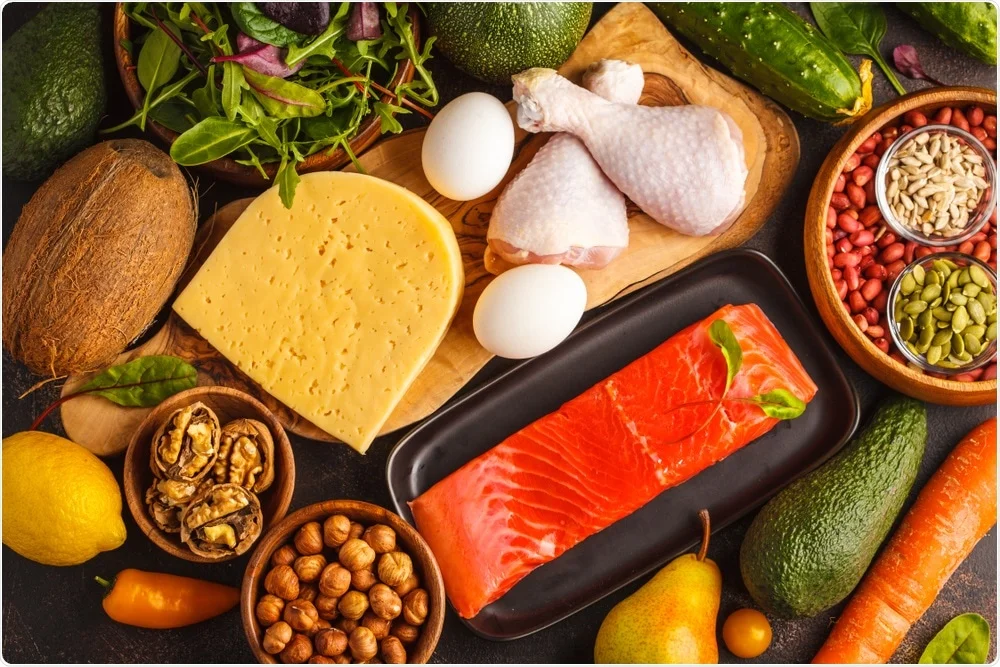Fiber is an essential nutrient that plays a vital role in maintaining our overall health. Despite being often overlooked, it is one of the most crucial elements of a balanced diet. Fiber helps to regulate the digestive system, control blood sugar levels, lower cholesterol, and promote a healthy weight. Furthermore, high-fiber foods are naturally low in calories, making them a great choice for those looking to maintain or lose weight.
In this comprehensive guide, we will explore a wide variety of foods that are high in fiber, including fruits, vegetables, legumes, whole grains, nuts, and seeds. By incorporating more fiber-rich foods into your diet, you can enjoy numerous health benefits, including better digestion, improved heart health, and even a reduced risk of chronic diseases like type 2 diabetes and colorectal cancer.
What is Fiber?
Fiber is a type of carbohydrate found in plant-based foods that the body cannot digest. Unlike other carbohydrates that break down into sugar molecules, fiber passes through the digestive system relatively intact. There are two main types of fiber:
- Soluble Fiber: This type of fiber dissolves in water and forms a gel-like substance. It helps to lower cholesterol levels, regulate blood sugar, and improve gut health. Foods high in soluble fiber include oats, apples, beans, and citrus fruits.
- Insoluble Fiber: This fiber does not dissolve in water and adds bulk to stool, promoting regular bowel movements. It is essential for preventing constipation and maintaining a healthy digestive tract. Foods high in insoluble fiber include whole wheat, brown rice, carrots, and leafy green vegetables.
To reap the full benefits of fiber, it’s essential to incorporate both types into your diet.
Why Is Fiber Important?
Fiber plays an essential role in a healthy diet due to its wide-ranging health benefits:
- Improves Digestion: Fiber helps regulate bowel movements and prevent constipation. Insoluble fiber, in particular, helps move waste through the intestines by adding bulk to stool.
- Supports Heart Health: Soluble fiber can help lower levels of “bad” LDL cholesterol by binding to it in the digestive system and removing it from the body. This can help reduce the risk of heart disease and stroke.
- Manages Blood Sugar Levels: Fiber slows the absorption of sugar into the bloodstream, preventing rapid spikes in blood sugar levels. This can be especially beneficial for people with diabetes.
- Promotes Weight Loss: Foods high in fiber are often low in calories, and fiber-rich foods tend to be more filling, helping you feel fuller longer. This can help with appetite control and weight management.
- Reduces the Risk of Chronic Diseases: A high-fiber diet is linked to a lower risk of several chronic diseases, including type 2 diabetes, colorectal cancer, and obesity.
The daily fiber intake recommendation varies by age and gender, but generally, adults should aim for about 25 grams per day for women and 38 grams per day for men. However, most people fall short of these guidelines. Increasing fiber intake is a great way to improve overall health.
Fiber-Rich Foods: A Breakdown by Category
1. Fruits
Fruits are an excellent source of fiber, especially when you eat them with their skin on. Many fruits are high in both soluble and insoluble fiber, providing a range of digestive benefits.
- Apples: One medium apple contains about 4 grams of fiber. Apples are a great source of both soluble and insoluble fiber.
- Pears: A medium pear provides around 5-6 grams of fiber, mostly from soluble fiber, which helps in controlling blood sugar levels.
- Berries: Berries like raspberries, blackberries, and strawberries are packed with fiber. A cup of raspberries contains a whopping 8 grams of fiber, while blackberries provide 7 grams per cup.
- Bananas: Known for their potassium content, bananas also provide about 3 grams of fiber per medium-sized fruit. The fiber in bananas helps maintain healthy digestion.
- Avocados: Avocados are not only rich in healthy fats but also provide a significant amount of fiber, about 10 grams per half avocado.
- Oranges: One medium orange has around 3 grams of fiber. It also contains a good amount of soluble fiber, which helps with cholesterol reduction.
2. Vegetables
Vegetables are another fantastic source of fiber, with some varieties offering more than others. Leafy greens, root vegetables, and cruciferous vegetables are all particularly rich in fiber.
- Broccoli: One cup of cooked broccoli contains about 5 grams of fiber. It’s also loaded with vitamins, minerals, and antioxidants that contribute to overall health.
- Carrots: A cup of raw carrots offers about 3.5 grams of fiber. Carrots are rich in insoluble fiber, which helps promote healthy digestion.
- Spinach: Spinach is a high-fiber leafy green. One cooked cup provides 4 grams of fiber and is also rich in iron and vitamins A and C.
- Sweet Potatoes: One medium sweet potato contains about 4 grams of fiber. They’re a good source of both soluble and insoluble fiber, making them an excellent choice for digestive health.
- Artichokes: Artichokes are particularly high in fiber. One medium artichoke contains around 7 grams of fiber, and they are also a great source of antioxidants.
3. Legumes
Legumes, including beans, lentils, and peas, are some of the best sources of fiber. They are also rich in protein, making them a staple for vegetarians and vegans.
- Lentils: One cup of cooked lentils provides around 15 grams of fiber. Lentils are a great source of both soluble and insoluble fiber, which aids in digestion and heart health.
- Chickpeas (Garbanzo Beans): A cup of cooked chickpeas contains about 12 grams of fiber. They’re also packed with protein, making them a filling and nutritious choice.
- Black Beans: One cup of cooked black beans contains approximately 15 grams of fiber. Black beans are high in both soluble and insoluble fiber, and they are also a great source of antioxidants.
- Kidney Beans: Kidney beans provide about 13 grams of fiber per cooked cup. They’re also rich in iron and protein.
Read Also: The Best Phones for Gaming in 2025
4. Whole Grains
Whole grains contain all parts of the grain kernel, including the bran, germ, and endosperm. This makes them a superior source of fiber compared to refined grains, which have been stripped of the bran and germ.
- Oats: A cup of cooked oats provides about 4 grams of fiber. Oats are especially rich in soluble fiber, which helps lower cholesterol levels.
- Quinoa: One cup of cooked quinoa contains about 5 grams of fiber. Quinoa is also a complete protein, making it a great choice for vegetarians and vegans.
- Brown Rice: A cup of cooked brown rice offers about 3.5 grams of fiber. Brown rice is an excellent source of insoluble fiber, which promotes healthy digestion.
- Barley: A cup of cooked barley contains around 6 grams of fiber. Barley is rich in both soluble and insoluble fiber and is also packed with vitamins and minerals.
- Whole Wheat Bread: A slice of whole wheat bread provides about 2 grams of fiber. Whole wheat products, like pasta and bread, are much higher in fiber than their refined counterparts.
5. Nuts and Seeds
Nuts and seeds are nutrient-dense foods that provide a good amount of fiber along with healthy fats, protein, and essential vitamins and minerals.
- Chia Seeds: These tiny seeds are incredibly high in fiber. One ounce (about two tablespoons) contains around 10 grams of fiber. They are also an excellent source of omega-3 fatty acids.
- Flaxseeds: One ounce of ground flaxseeds contains about 8 grams of fiber. They are also rich in lignans, which have antioxidant properties.
- Almonds: A quarter-cup of almonds provides about 4 grams of fiber. Almonds are also rich in vitamin E and healthy fats.
- Walnuts: A quarter-cup of walnuts contains about 2 grams of fiber. Walnuts are also a great source of omega-3 fatty acids, which are beneficial for heart health.
6. Other Fiber-Rich Foods
- Popcorn: Air-popped popcorn is a great whole-grain snack that provides about 3.5 grams of fiber per 3-cup serving.
- Coconut: Both dried coconut and coconut meat are rich in fiber. One ounce of dried coconut contains about 7 grams of fiber.
Conclusion
Incorporating more fiber into your diet is an easy way to improve your health. From fruits and vegetables to legumes, whole grains, and nuts, there are countless delicious foods that can provide your body with the fiber it needs. Remember, it’s important to gradually increase fiber intake and drink plenty of water to avoid digestive discomfort. By making fiber-rich foods a regular part of your diet, you can enjoy better digestion, improved heart health, and a reduced risk of chronic diseases.
To get the recommended daily amount of fiber, aim to fill half your plate with fruits and vegetables, add legumes or whole grains to your meals, and snack on nuts and seeds. By doing so, you’ll be well on your way to reaping the numerous health benefits that fiber has to offer!


